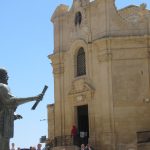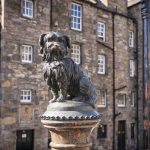Visiting Berlin’s art galleries can be confusing. Which is the main one? The best answer to that is that there are three, which between them display German and international art in roughly chronological order. The Gemäldegalerie, part of the Kulturforum, houses everything from medieval art up to the end of the 18th century. 19th century art is at the Alte Nationalgalerie on Museum Island and 20th century art, up until the post-war period, is at the Alte Nationalgalerie on Potsdamer Strasse, just near the Kulturforum. This post is a run-down of where you can find all of these things; modern art will be dealt with in the next post.
The Gemäldegalerie

This collection is rooted in the original national German art collection, shown on Museum Island until World War Two and then re-organised following German reunification in 1989. Everything up to the 19th century was brought here, to the brand new Gemäldegalerie, opened in 1998. Some 3,000 pieces are on display in 53 rooms and the collection opens with German medieval art. There’s an immediate wow factor as you enter the first room to see mainly religious paintings – the birth of Christ, the adoration of the Magi, Christ washing the apostles’ feet, the last supper, the crucifixion – in the bright colours of the period, enhanced with splashes of gold. There are altarpieces, tiny paintings on wooden panels and larger works by a host of early German artists, labelled to tell you which region they came from.
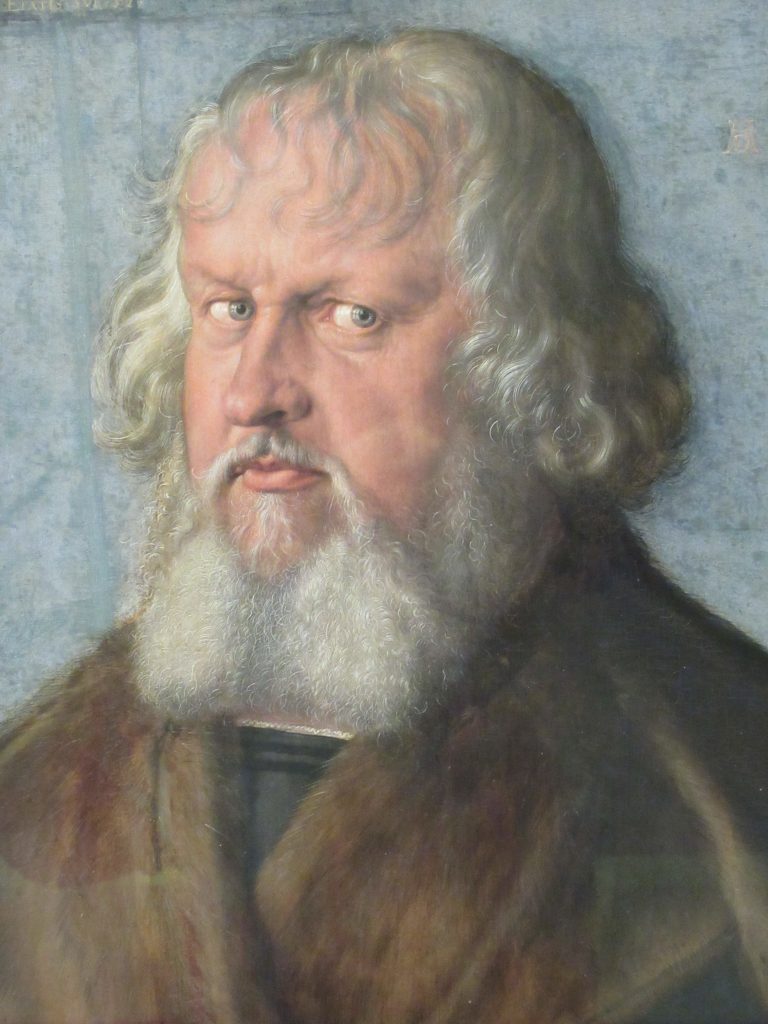
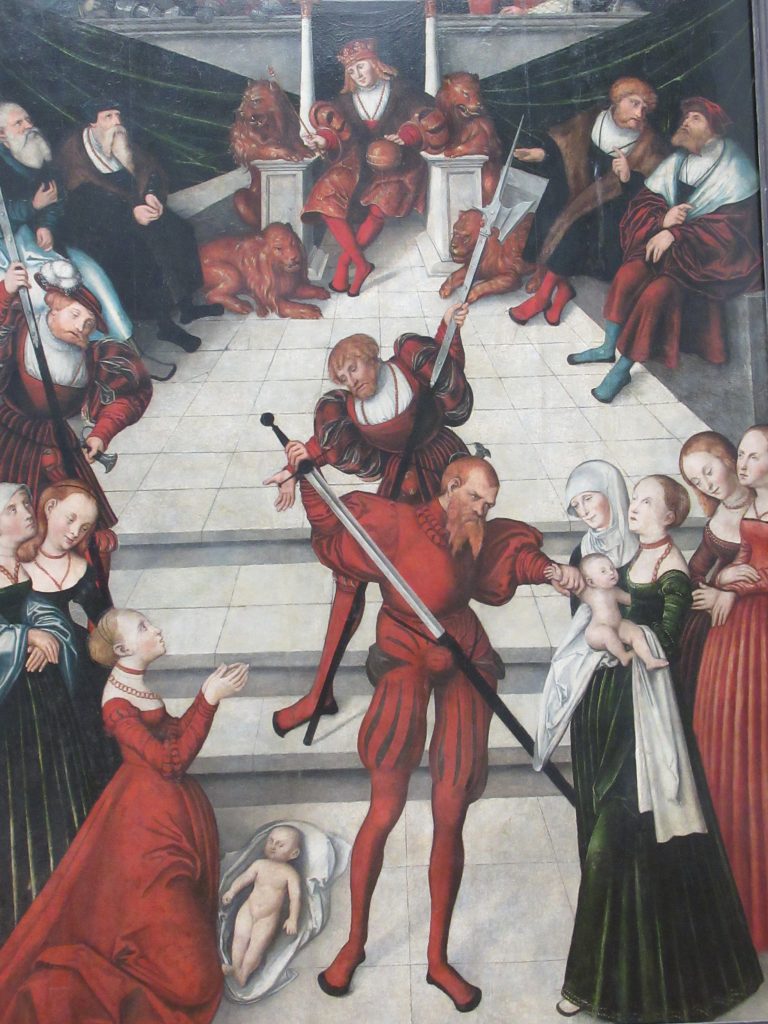
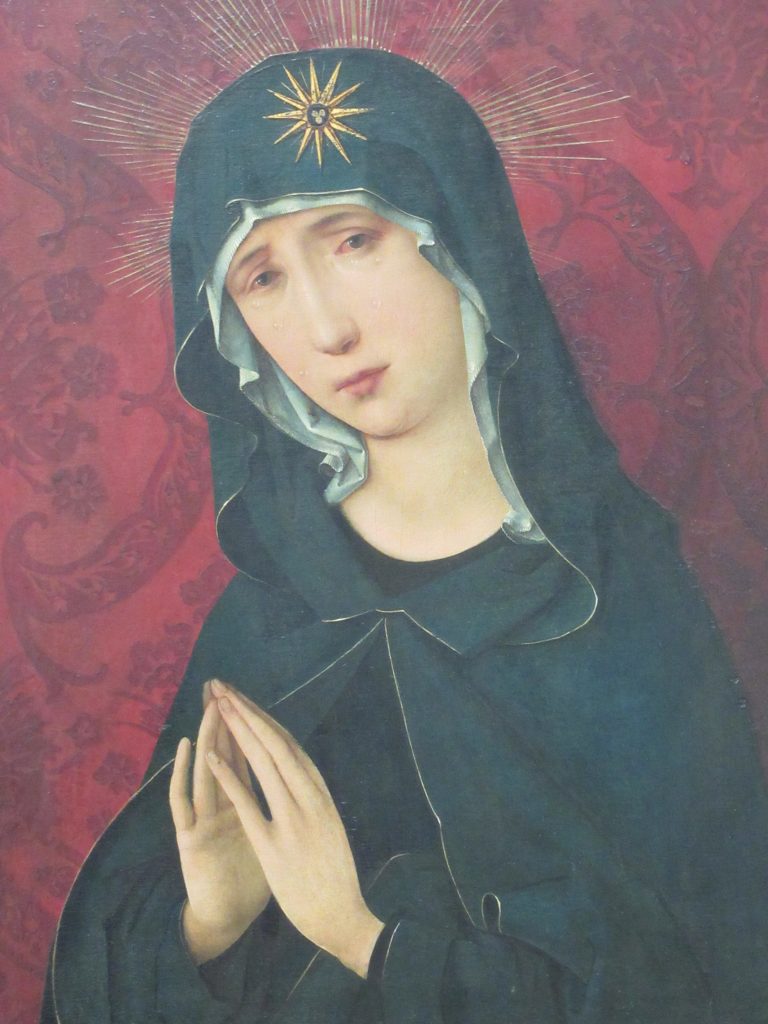
Among the works by better-known artists is ‘Maria als Schmerzensmutter’ (‘The Mourning Virgin’) by Hans Holbein the Older, (1465-1524) showing Mary, hands folded in prayer, cloaked in very dark blue, a single golden star adorning her headdress. There are several pieces by Albrecht Dürer, (1471-1528) well known for paintings, drawings and woodcut prints. Here for example is a portrait of Hieronymus Holzschuher, sporting the long grey hair and beard of an elder statesman – he was a member of Nuremberg Town Council – looking you straight in the eye from the early 16th century. Works by Lucas Cranach the Older (1472-1553) include biblical scenes like ‘Rest on the Flight to Egypt’, ‘The Judgment of Solomon’ and ‘Jungbrunnen’ or ‘Fountain of Youth’, depicting elderly women passing through a fountain and being rejuvenated, passing out the other side as beautiful young women.
The Alte Nationalgalerie
The Alte Nationalgalerie is on Museum Island, a UNESCO World Heritage Site. This collection takes us, as the guide book puts it, ‘from the French Revolution to the First World War’. It is Europe-wide, but let’s focus on the German works.
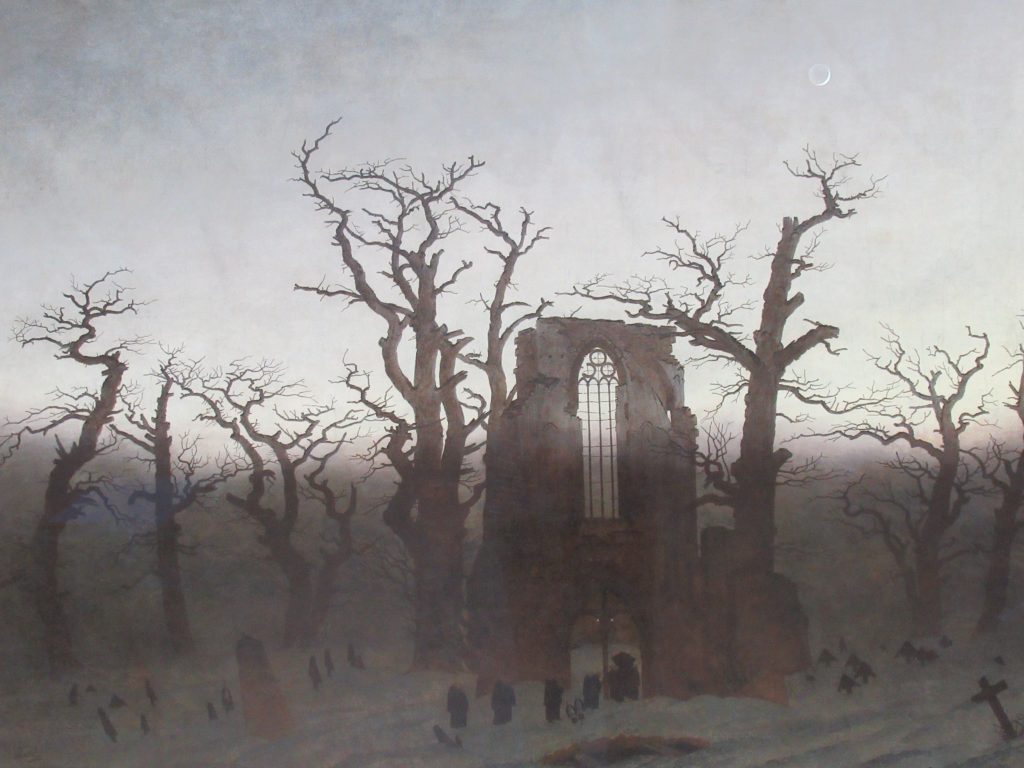
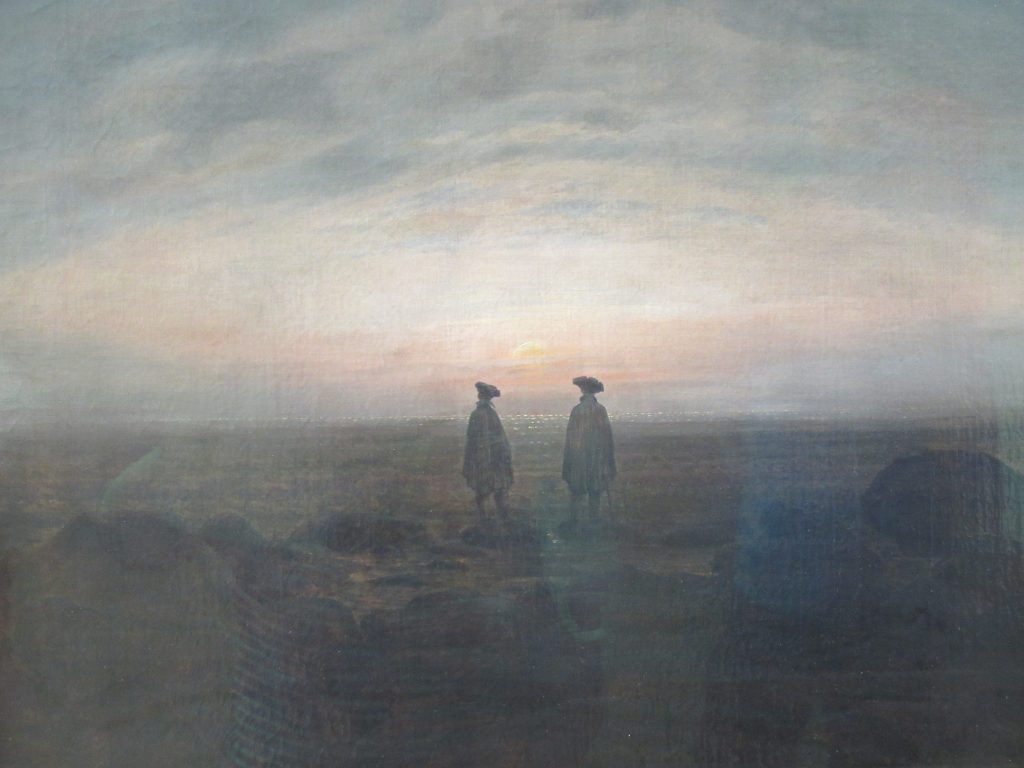
The German Romantic Movement is well represented. There is ‘Gotischer Dom’ (‘The Gothic Cathedral’) by Karl Friedrich Schinkel for example. His imaginary waterside cathedral’s dark and dramatic spires are set against the blue and white of a sky where the sun is just breaking through the clouds. There are a number of paintings by Caspar David Friedrich, in which figures are often silhouetted against nature in the form of night skies, morning mist and barren trees. His ‘Abbey in an Oak Forest’ shows the ruins of an old church amid the bare trees of a winter forest. Two human figures stand facing away from us, gazing on an expanse of sand, sea and sky at dusk in ‘Two men by the Sea’.

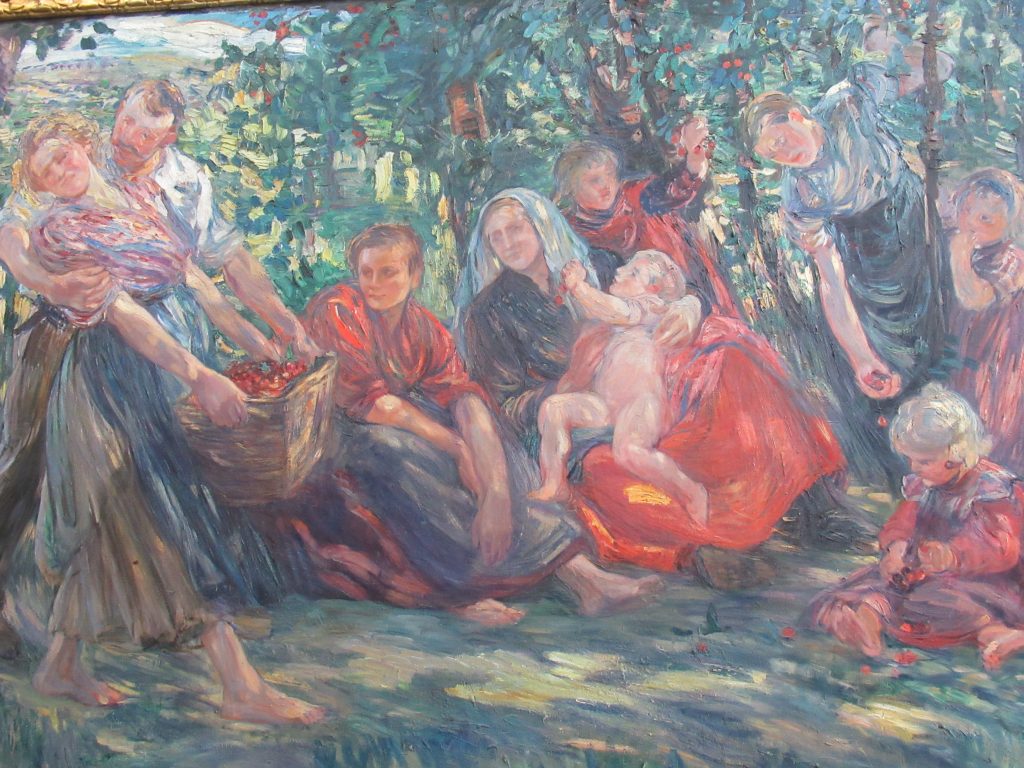
There are a number of pictures here which illustrate German culture, such as Edouard’s ‘Unter den Linden’ or Elisabeth Baumann’s ‘Portrait of the Brothers Grimm.’ Royalty feature quite heavily, in a portrait of Austria’s Kaiser Franz and in Adolph Menzel’s history paintings recording a ‘Flute Concert’ at Frederick the Great’s court at Sanssouci or King Wilhelm I’s departure to fight the Franco-Prussian War in July 1870. But everyday life is here too, for instance in Dora Hitz’s ‘Cherry Harvest’, portraying a group of female cherry pickers and their children taking a rest from their work.
The Neue Nationalgalerie
Here in the Neue Nationalgalerie is 20th Century art, mainly but not exclusively German, which mirrors the history of this turbulent century: works reflecting the horrors of World War One, the Nazi period, World War Two and the Holocaust. The building itself is worth a mention. Designed by Mies van der Rohe in the 1960s, it is a vast glass and steel structure, held up by eight slender pillars and intended to be as open a space as possible. The ground floor is one enormous almost empty hall and the artwork is downstairs!
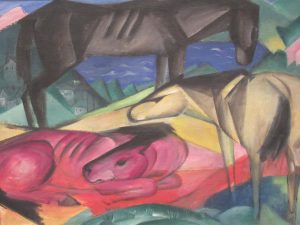
Expressionism, the early 20th century art movement which was very important in Germany, is represented by pieces like Franz Marc’s colourful ‘Drei Pferde’, (‘Three Horses’, 1912) in which the grey, creamy yellow and red horses are set against a vibrant blue and green background representing land and sky. The horrors of the First World War are shown in ‘Flanders’ by Otto Dix, who was awarded an Iron Cross but was deeply traumatised after the war. His picture shows the reality of battle, with figures (alive or dead? It is not clear) huddled together in mud, a sea of browns and dull greens. Dix also addressed the effects of the war on those who survived in paintings like ‘Skatspieler’ which shows three disabled war veterans playing cards, a scene based on one he had witnessed in a Berlin café.
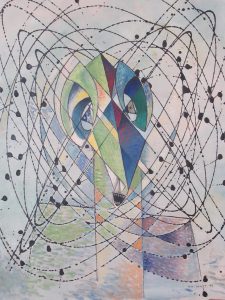
It is made clear how Hitler and the Nazis fought against the work of many artists, a period when 20,000 works deemed ‘degenerate’ were removed from Germany’s art galleries and many artists and museum workers fled abroad. A work like ‘Young Man Troubled by the flight of a Non-Euclidian Fly’ by Max Ernst, portrays the disturbed mind of so many post-war Germans. And Horst Strempel’s ‘Nacht über Deutschland’ (Night Over Germany) is an artist’s response to the Holocaust. It’s designed like a winged altar panel from the Middle Ages, and, painted mainly in greys and black, the panels feature the thin, angular bodies and hollow eyes of concentration camp survivors.
A visit to any of these galleries gives an overview of German and other works from a particular period. A visit to all three would take you from the Middle Ages right through to the 1940s. But they are by no means all the art in Berlin and for more on what else there is, please see our next post.
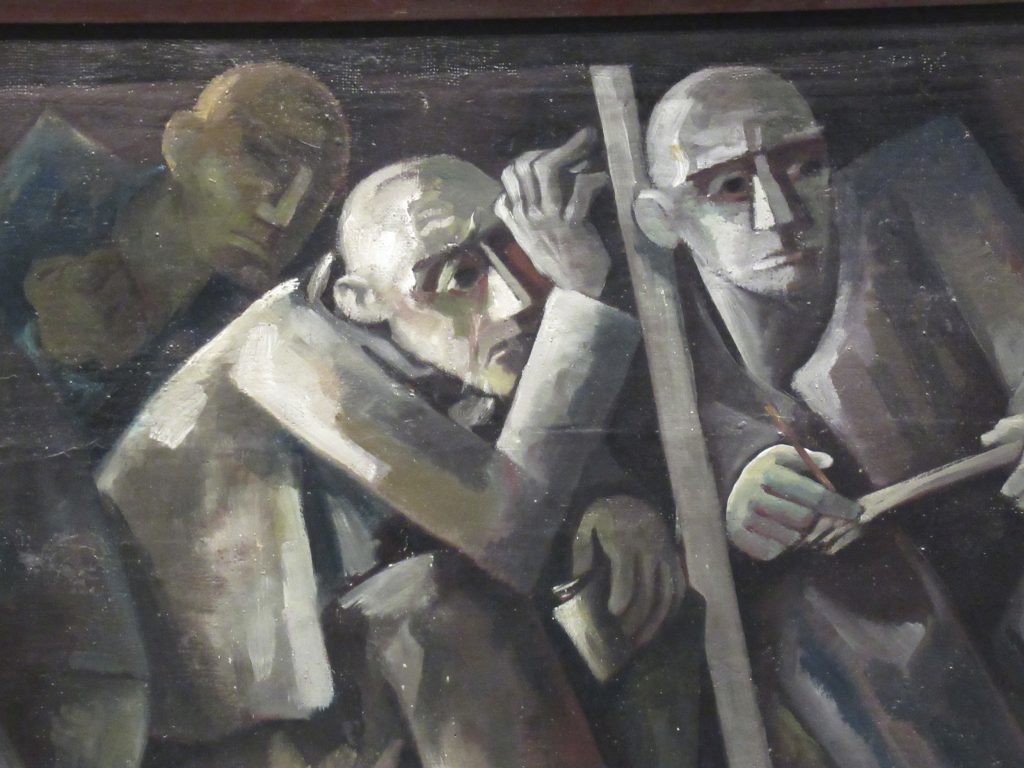
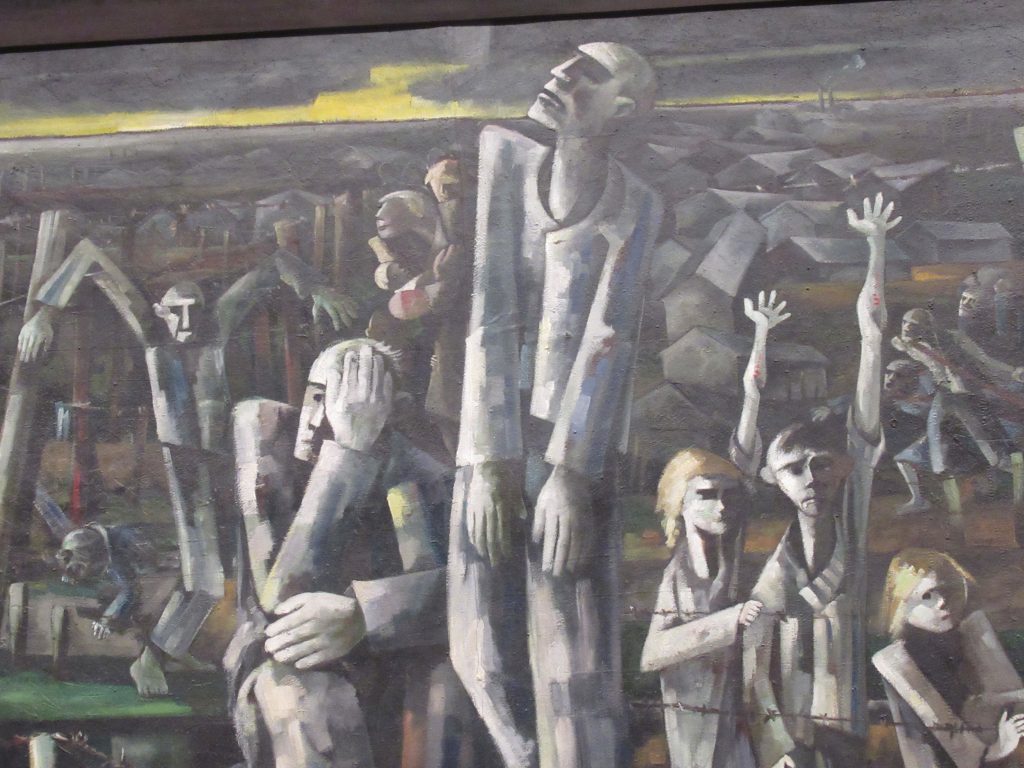
Listen to the podcast
Links for this post
The Gemäldegalerie
The Alte Nationalgalerie
The Neue Nationalgalerie
Last Updated on November 21, 2024 by Marian Jones


